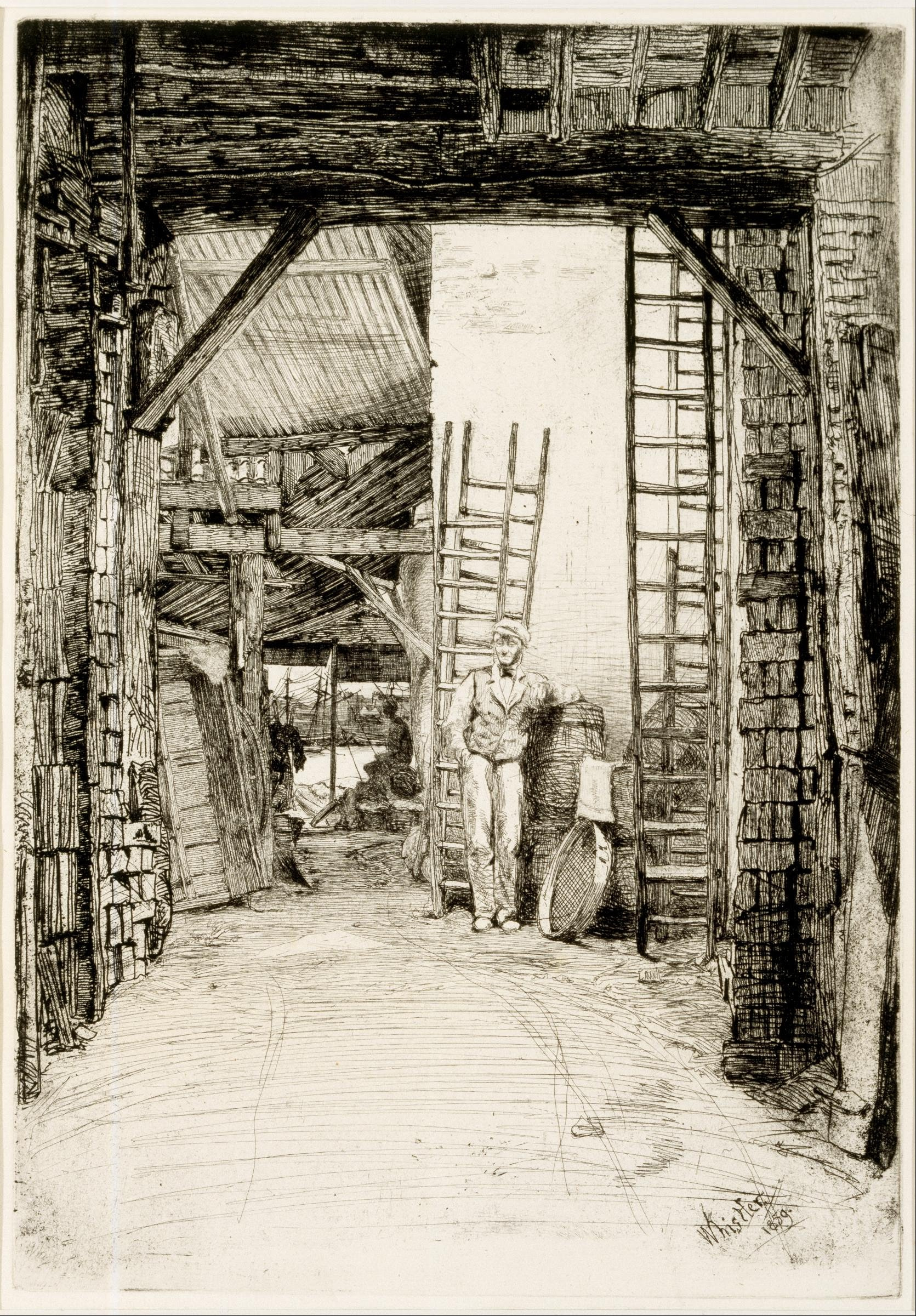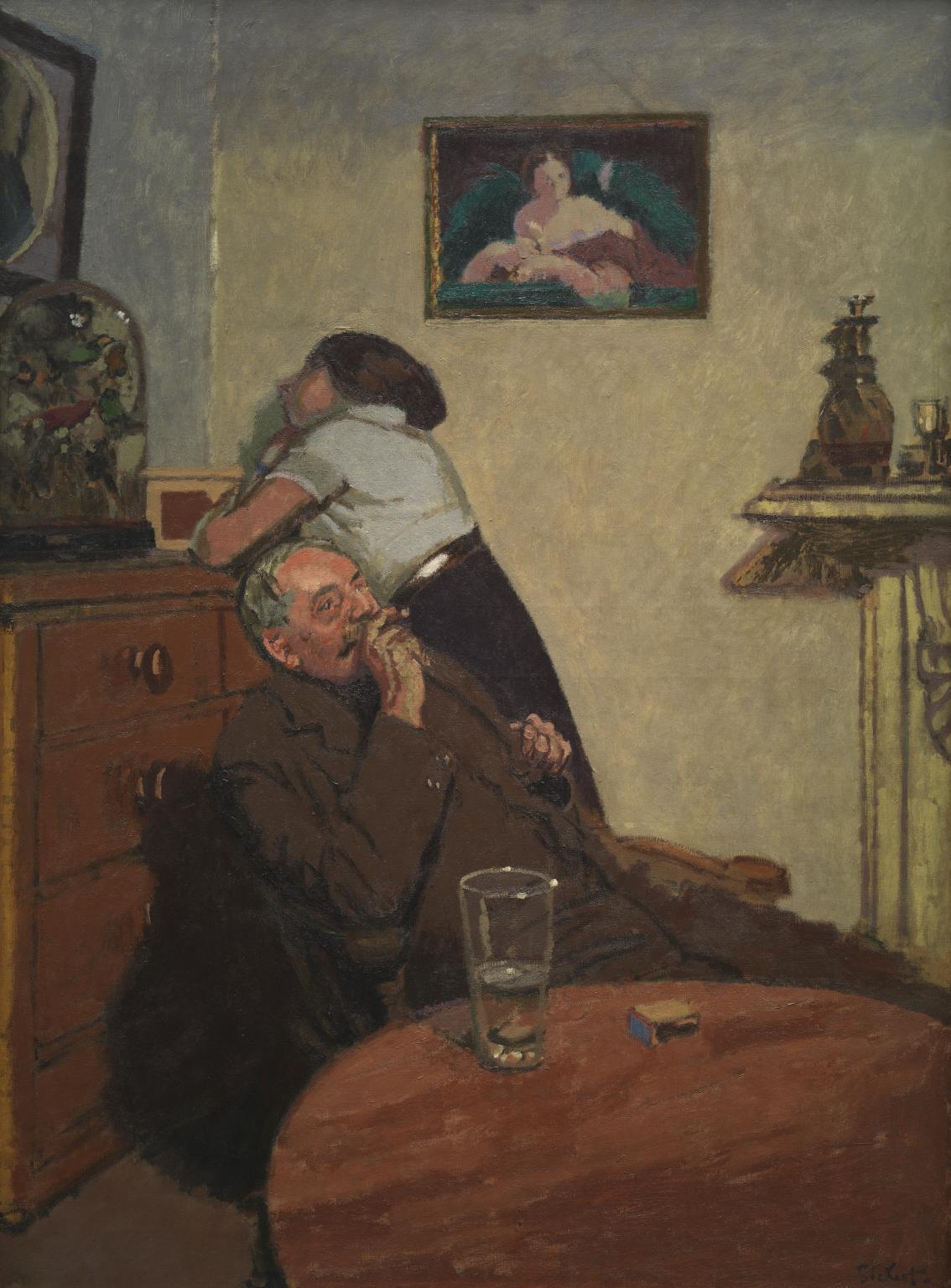Last week on the Serendipitous Compendium we talked about Pierre Bonnard, painter and lithographer. Bonnard is likely to have been acquainted with Whistler around 1898. His painting has been compared to Whistler’s, in its suggestion of uncertainty. Ideas on the vagueness and incompleteness of consciousness were popular at the time in the literature of Proust and the major French symbolist poet, Stéphane Mallarmé.

James Abbott McNeil Whistler was an American born in Lowell, Massachusetts – about 100 miles from Portland, Maine. He lived in Paris in the second half of the 1850s and London in 1860.
In the 1870s he painted a sequence of evening views, mostly along the Thames in London at Battersea and Chelsea, which he called ‘Nocturnes’. They are still, minimal evocations of twilight, the broad sweeps of the brush interrupted only by spots and sparkles of yellow light, or the silhouette of a distant building


Some are in the collection of the Portland Museum of Art, and his portrait Miss Florence Leyland (c.1873) is currently on display.

One of his most famous portraits: Arrangement in Grey and Black, No. 1: Portrait of the Artist’s Mother (1871) is in the Musee d’Orsay, Paris.

Whistler made a point of acting out his opposition to the establishment, he dressed as a dandy and wrote and spoke provocatively on art. When Ruskin accused him of being a ‘coxcomb’ who had asked ‘two hundred guineas for flinging a pot of paint in the public’s face’ when he exhibited his Nocturne in Black and Gold: the Falling Rocket (1875), [Detroit Institute of Arts]. Whistler took offence and sued. He was famously awarded a farthing (one quarter of an old penny) damages, but he was financially ruined by the costs.

In the 1880s, Whistler’s pupil and etching assistant was Walter Richard Sickert, an artist whose later association with Degas brought to the London art world his own form of Impressionism and equally importantly, the introduction of ordinary people and urban scenes as subjects, and so it is to Sickert that we will turn next time for Part 10 of the Doctor’s Dozen.








